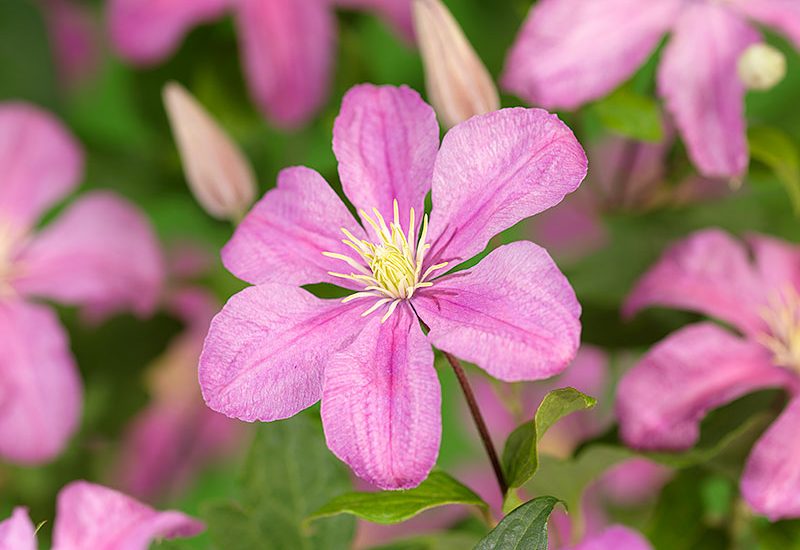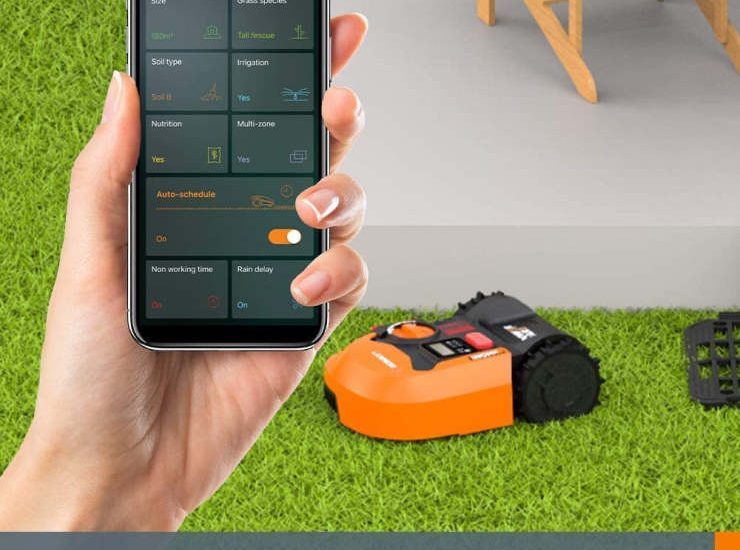Ponytail Palm Look Alike: Identifying Similar Plants
Ponytail palms are a popular choice for indoor plants. They are easy to care for, can survive in low light conditions, and have a unique appearance that adds character to any room. However, not everyone wants a ponytail palm, or perhaps they already have one and want to add some variety to their plant collection. Luckily, there are several plants that closely resemble ponytail palms.

One plant that looks similar to a ponytail palm is the yucca plant. Yuccas have long, narrow leaves that grow in a rosette pattern, similar to the leaves of a ponytail palm. They also have a similar texture, with a slightly waxy feel. Yuccas can grow to be quite large, so they may not be the best choice for small spaces, but they make a great statement piece in larger rooms.
Another plant that resembles a ponytail palm is the snake plant. Snake plants have long, upright leaves that grow straight up from the soil. They are also quite hardy and can survive in low light conditions. While they don’t have the same bulbous base as a ponytail palm, their long, slender leaves give them a similar appearance. Snake plants are a great choice for those who want a low-maintenance plant that still looks impressive.
Identifying Ponytail Palm Look-Alikes

Ponytail palm is a unique plant with its bulbous base, long, curly leaves, and thin trunk. However, it is often confused with other plants that share similar features. Here are some tips to help you identify ponytail palm look-alikes.
Similarities with Agave and Yucca
Agave and yucca are two plants that are often confused with ponytail palm due to their similar leaves and rosette growth habit. Agave plants have thick, fleshy leaves that grow in a rosette pattern, just like ponytail palm. Yucca plants also have long, thin leaves that grow in a rosette pattern, but they tend to be stiffer and more upright than ponytail palm. However, both agave and yucca lack the bulbous base that is characteristic of ponytail palm.
Distinguishing from Bottle Palm and Sago Palm
Bottle palm (Hyophorbe lagenicaulis) and sago palm (Cycas revoluta) are two other plants that are often confused with ponytail palm. Bottle palm has a thin trunk and a small, rounded crown of leaves that resemble a bottle. Sago palm, on the other hand, has a thick, woody trunk and stiff, fern-like leaves. Though both plants share some similarities with ponytail palm, they are easy to distinguish from each other.
Recognizing Common Houseplant Misidentifications
Ponytail palm is sometimes misidentified as other houseplants, such as dracaena and elephant foot (Beaucarnea recurvata). Dracaena plants have long, thin leaves that grow in a rosette pattern, but they lack the bulbous base of ponytail palm. Elephant foot, on the other hand, is a common name for ponytail palm, but it is also used to describe other plants, such as Dioscorea elephantipes, which has a similar bulbous base but different leaves.
In conclusion, ponytail palm has some distinct features that make it stand out from other plants. However, there are some plants that share similar features, and it is important to know how to distinguish them from ponytail palm. By paying attention to the shape of the leaves, the growth habit, and the presence of a bulbous base, you can easily identify ponytail palm look-alikes.
Caring for Ponytail Palm and Its Look-Alikes

Ponytail palm and its look-alikes are easy to care for indoor plants that can thrive with minimal attention. However, to keep them healthy and happy, a few basic care requirements must be met. In this section, we will discuss the watering and light requirements, potting, soil, and drainage, as well as pest management and preventing diseases for ponytail palm and its look-alikes.
Watering and Light Requirements
Ponytail palm and its look-alikes require bright, indirect light to grow well. They can tolerate some direct sunlight, but too much can scorch the leaves. A good rule of thumb is to place them near a north or east-facing window where they can receive bright, indirect light for several hours a day.
When it comes to watering, ponytail palm and its look-alikes prefer to dry out between waterings. Overwatering can lead to root rot, which can be fatal. It is best to wait until the top inch or two of soil is dry before watering. During the winter months, they can go longer between waterings.
Potting, Soil, and Drainage
Ponytail palm and its look-alikes prefer to be slightly root-bound, so they do not need to be repotted often. When repotting, it is important to use a well-draining soil mix that allows excess water to drain away from the roots. A mixture of sand, perlite, and peat moss can provide adequate drainage.
It is also important to choose a pot with drainage holes to prevent water from accumulating in the soil. When watering, it is best to water until water comes out of the drainage holes and then discard the excess water.
Pest Management and Preventing Diseases
Ponytail palm and its look-alikes are relatively pest-free, but they can be susceptible to mealybugs, scale insects, and red spider mites. These pests can be treated with insecticidal soap or neem oil.
Preventing diseases is important for the health of ponytail palm and its look-alikes. Overwatering can lead to root rot, while underwatering can cause the leaves to dry out and turn brown. It is important to find the right balance and to avoid extreme fluctuations in moisture levels.
In summary, caring for ponytail palm and its look-alikes is relatively easy as long as their basic care requirements are met. They prefer bright, indirect light, well-draining soil, and infrequent watering. Keeping an eye out for pests and diseases can help ensure their long-term health and beauty.


